Crippling Heat Deepens Asia’s Reliance on Russian Energy

The extreme heat that’s been scorching Asia in recent weeks has produced one clear beneficiary — Russia.
As countries across the region scramble to make sure they have enough coal, gas and fuel oil to keep the lights on and air conditioners running, Russian energy being shunned by the West is looking increasingly attractive.
What began as a push from the Kremlin to fund its invasion of Ukraine has now turned into a pull from Asian economies anxious about making sure their power generators are supplied with enough fuel in what could be the hottest year on record.
“The worst place to be right now amid these searing temperatures is South Asia, especially poorer nations like Pakistan or Bangladesh,” said John Driscoll, director of JTD Energy Services Pte in Singapore.
“When you can’t even take care of your people’s basic needs, it’s very hard to care too much about international affairs.”
To get Bloomberg’s Energy Daily newsletter direct to your inbox, click here.
Russian exports to Asia of thermal coal and natural gas, the two fuels most often used for electricity generation, have grown markedly this year, figures from data intelligence firm Kpler show.
Coal volumes jumped sharply to 7.46 million tons in April, about a third higher than a year earlier. Shipments of liquefied natural gas to Asia have also been growing in recent months after prices retreated from record highs that had made the fuel unaffordable for many poorer nations.
Meanwhile, Asian imports of Russian fuel oil, a dirtier and cheaper alternative for power generation, had the two highest months on record in March and April, according to Kpler.
The impetus for the region to buy more Russian energy is likely to increase due to an emerging El Niño weather pattern, which has already sent the mercury soaring in parts of the region. Vietnam’s prime minister has warned of power shortages this month, while Myanmar is struggling with worsening blackouts.
Carbon dioxide emissions from burning fossil fuels are trapping heat in the atmosphere. That’s warming the planet and is the primary driver of more extreme weather events, including heat waves.
In India, heat-driven power demand will likely be satisfied mostly by coal, said Aniket Autade, power fundamentals analyst for Rystad Energy.
Read More: A Billion Air Conditioners Will Save Lives But Cook the Planet
China and India — the most enthusiastic buyers of discounted Russian oil — are also purchasing the most coal, gas and fuel oil. They took more than two-thirds of Russian coal sent to Asia last month, according to Bloomberg calculations based on Kpler data. South Korea, however, scooped up 15% of the shipments, while Vietnam, Malaysia and Sri Lanka have also emerged as significant buyers.
For fuel oil, China and India were again the biggest buyers from Russia, with Saudi Arabia and the United Arab Emirates also major importers, the Kpler figures show.
Bangladesh, Pakistan and Sri Lanka will probably import more Russian fuel oil for power generation, according to Emma Li, an analyst with Vortexa. The Middle East has also recently increased its imports, and that’s likely to continue over the summer, she said.
Pakistan said this month it was keen to pay for Russian oil imports with the Chinese yuan. The country has has placed an order for a single cargo of the crude, but is keen for a long-term deal to buy it in Chinese currency, its power minister said.
Even Japan, a close ally of the US and therefore reluctant to increase imports from Russia, might expand buying within contractual limits, according to Chris Wilkinson, senior analyst for renewables at Rystad.
“Japan may consider purchasing more LNG from Russia under its existing long-term contracts, as it is more cost-effective than buying on the spot market,” he said.
For JTD Energy’s Driscoll, the increasing purchases of Russian energy by many Asian countries highlights both the White House’s declining clout and the perilous situation many nations find themselves in.
“[They] are asking themselves: would I rather risk falling afoul of the US or forgo steep discounts on energy?,” he said. “When there’s a good deal on the table, how can poorer nations afford to say no?”
— With assistance by Aaron Clark
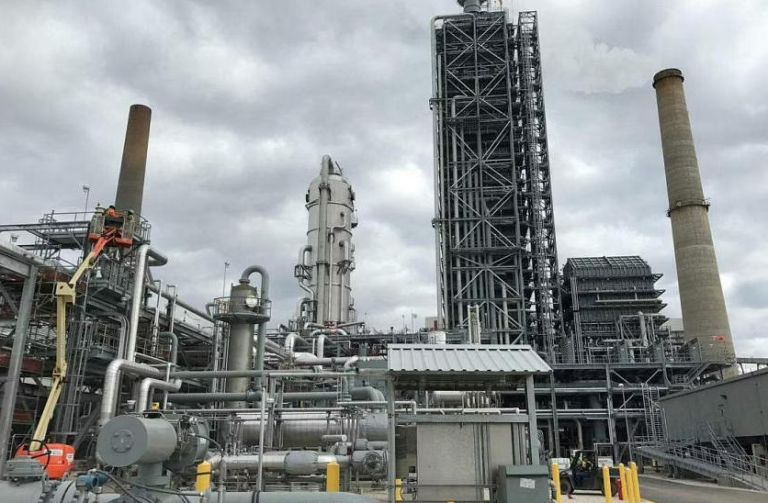
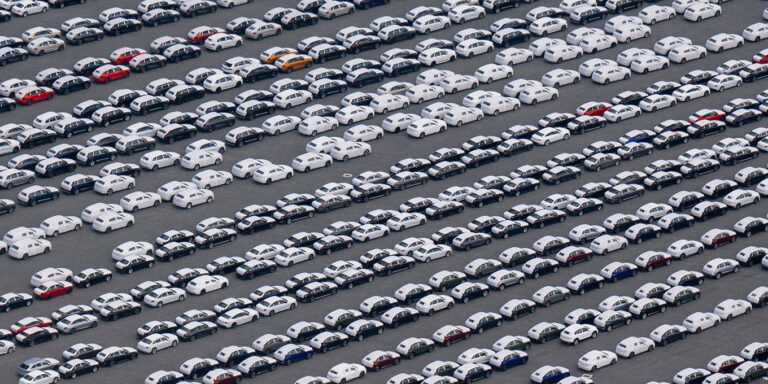


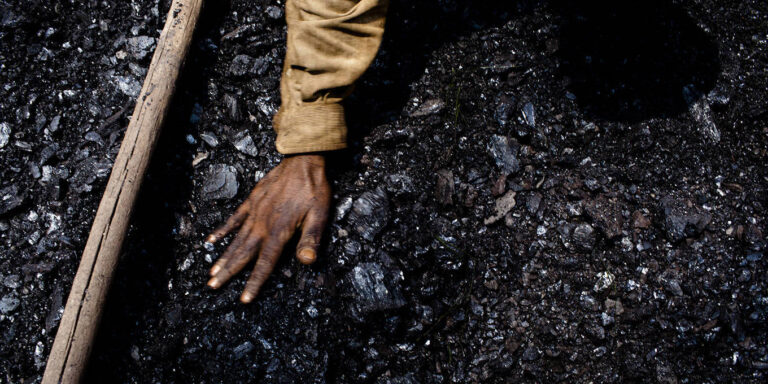
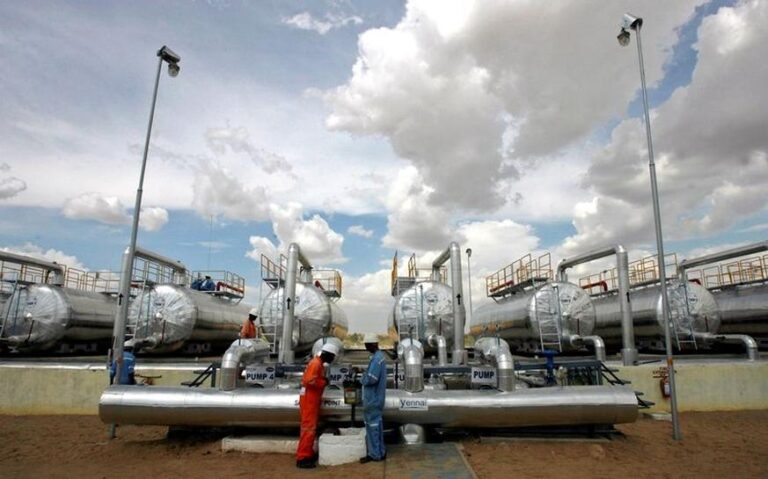

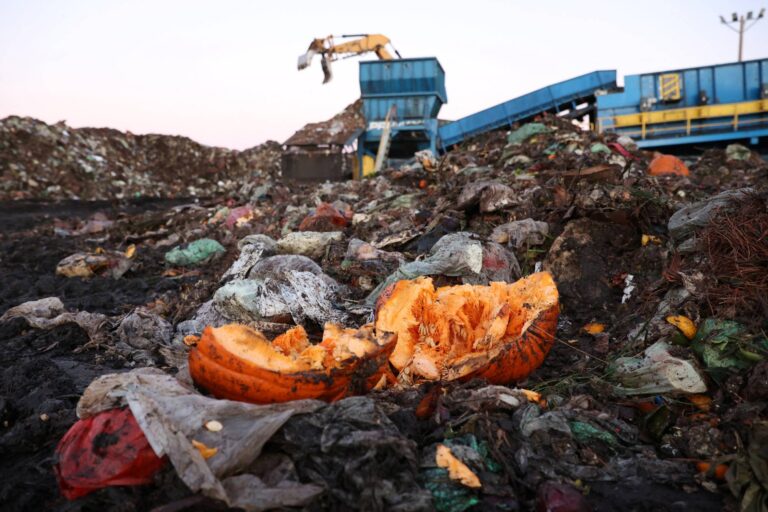
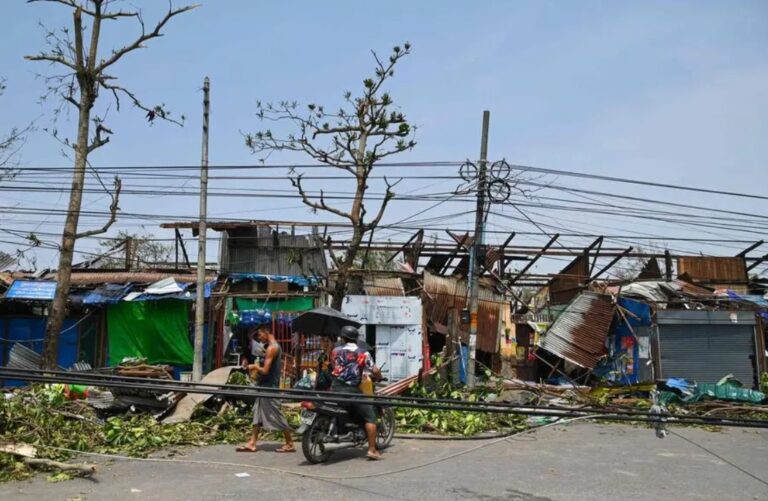
NEW HAVEN – Now that the falsehoods and obfuscation of climate denialism have finally been silenced, addressing climate change has become the world’s top priority. But time is running out, and the International Monetary Fund warns that any further delays on implementing policies to mitigate global warming will only add to the economic cost of the transition to a low-emissions economy. Worse, we still lack a concrete, pragmatic strategy for tackling the problem. Although economists have made a robust case for why carbon taxes are the best solution, this option has proven politically infeasible, at least in those countries that account for some of the highest emissions (namely, the United States).
Commentators have also stressed that climate change is a shared problem involving important cross-border externalities that must be addressed through a multilateral approach to global coordination. But, as with carbon taxes, this argument has fallen on deaf ears. And, given the current geopolitical climate and the increasing fragmentation of the global economy, there is little hope that the message will get through anytime soon.
Having committed to assisting developing economies as they confront climate change, the World Bank finds itself limited by the country-based model underlying its financing operations. It is earnestly weighing its options and considering how it could coordinate climate-related financing across borders. But while such efforts are well meaning and consistent with the spirit of multilateralism, they inevitably will delay concrete action. World Bank financing would have to be completely restructured, and coordinating action across multiple countries that have limited financial resources and often conflicting interests seems an impossible task. For example, while some developing economies are rich in fossil fuels, others are starved for energy sources.
Given these limitations, pragmatism dictates focusing on the biggest polluters. Global carbon dioxide emissions are concentrated among only a handful of countries and regions. China, the US, the European Union, Japan, and Russia collectively account for 63% of the total, and none of these top polluters is a low-income country anymore. China, the poorest of the group, represents around 30% of all emissions, making it by far the world’s largest current polluter in absolute terms. But its government is taking steps to accelerate the transition to green energy – a winning strategy, given the country’s abundance of rare earth metals.
India, the third-largest emitter, currently accounts for approximately 7% of global CO2 emissions, and its size and growth trajectory imply that it could easily surpass China as the leading polluter, barring stronger climate policies. In fact, when it comes to helping developing countries decarbonize, considerable progress could be made simply by targeting India alone. The big advantage of this strategy is that it would avoid the paralysis associated with attempts to adopt a multilateral approach in an increasingly fragmented world.
This does not mean that we should eschew projects aimed at climate mitigation or adaptation in other countries. But we would not need to wait until everyone is on board before doing anything. Those insisting on a multilateral approach should learn from the experience of the ultimate multilateral institution: the World Trade Organization. Its requirement that every single provision in every multilateral agreement gain unanimous support has left it increasingly paralyzed, prompting demands for institutional reform.
Of course, India is not low-hanging fruit. It is rich in coal and has little incentive (beyond the health of its citizens) to hasten the transition to green energy. In focusing on India, we would need to employ the carrot, not the stick.
Since the stick generally takes the form of pressure to implement carbon taxation, it is a non-starter. A tax would be ineffective, because it would incite massive domestic opposition (as has been the case in the US). It would also be morally objectionable, because it is unfair to ask a lower-middle-income country to bear the burden of reducing CO2 emissions when rich countries (like the US) have failed to do the same. Moreover, even if China and India are now two of the world’s biggest polluters, they bear little responsibility for the past, cumulative emissions that led to the current climate crisis.
That leaves the carrot, which would come in the form of tax incentives or subsidies to support green energy. When paired with other policies, these can ease firms into adapting to higher environmental standards (such as those associated with a cap-and-trade program). But such policies are expensive, which means that tackling climate change will require richer countries to help finance them. Whether or not India becomes the new China, it is still in our power to ensure that it does not become the new outsize polluter.
https://www.project-syndicate.org/commentary/climate-change-prioritize-top-emitters-over-multilateralism-by-pinelopi-koujianou-goldberg-2023-05